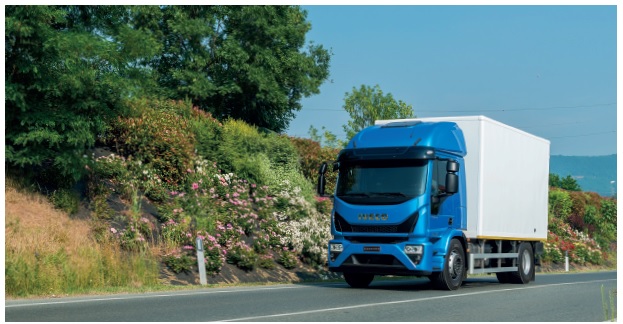On 6 April, the European Commission published its non-confidential version of the settlement decision in the EU truck cartel case.

The decision provides key details about how the European truck manufacturers organised the cartel and the way in which they colluded anti-competitively. Below are some of the key points from a summery by Backhouse Jones solicitors.
The main points in the settlement decision:
The truck manufacturers which settled with the European Commission (MAN, Daimler, Iveco, Volvo/Renault, and DAF) did so in clear and unequivocal terms, confirming their liability for infringing EU competition rules in relation to the main facts and their legal qualification, including the role and duration of the truck manufacturers’ participation in the infringement.
The infringement comprised (a) collusive arrangements on pricing and gross price increases in the EEA for medium and heavy trucks; and (b) the timing and (c) passing on of costs for the introduction of emission technologies for medium and heavy trucks required by EURO III to VI. The infringement covered the entire EEA and lasted from 17 January, 1997 until 18 January, 2011.
From 1997 to the end of 2004, the meetings involved senior managers from the headquarters of all the truck manufacturers. The meetings took place several times a year at venues of industry associations, at trade fairs and product demonstrations by manufacturers, as well as at competitor meetings organised specifically for purposes of the cartel. In addition to the meetings, there were regular exchanges of competitively sensitive information by phone and e-mail. From at least August 2002 onwards, discussions took place via German subsidiaries which to varying degrees reported to their headquarters.
All the cartel members exchanged gross price lists and information on gross prices and most of them engaged in exchanging computer-based truck configurators.
Over time, truck configurators, containing detailed gross prices for all models and options, replaced the traditional gross list prices. This facilitated the calculation of the gross price for each possible truck configuration. The exchange happened on a multilateral and bilateral level. Spreadsheets were exchanged split by truck standard model for each producer. The exchange of configurators helped the comparison of own offers with those of competitors and increased transparency of the market. In particular, it helped the truck manufacturers to understand which extras would be compatible with which trucks and which options would be part of the standard or an extra.
Occasionally, the cartel members, including senior representatives from HQs, discussed net prices to hauliers for some countries. In addition to agreements on the levels of price increases, the participants regularly informed each other of their planned gross price increases.
The truck manufacturers also exchanged their respective delivery periods and their country-specific market forecasts, subdivided by countries and truck categories.
The truck manufacturers agreed on the timing of the introduction of, and on the additional charge to be applied to, the emissions technology complying with EURO emissions standards. To read the full text from Backhouse Jones click here.
- NB: The Road Haulage Association (RHA) is applying to represent the haulage industry in seeking to reclaim the overpayment transport firms made for their vehicles during the period the cartel operated – from 1997 to 2011 and potentially beyond. If you believe you have been affected by the cartel, please contact the RHA.